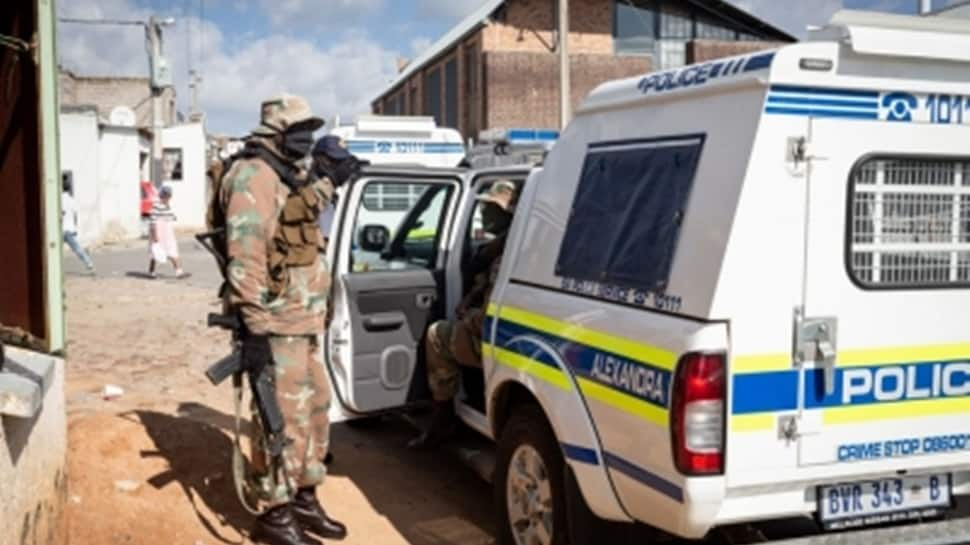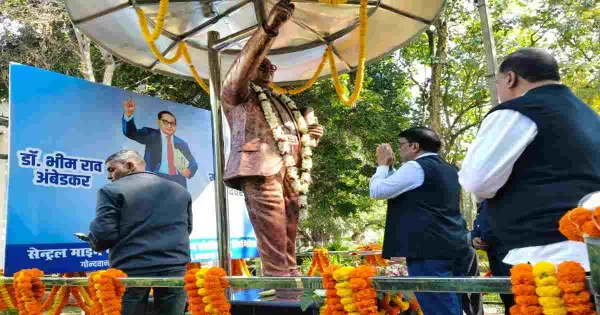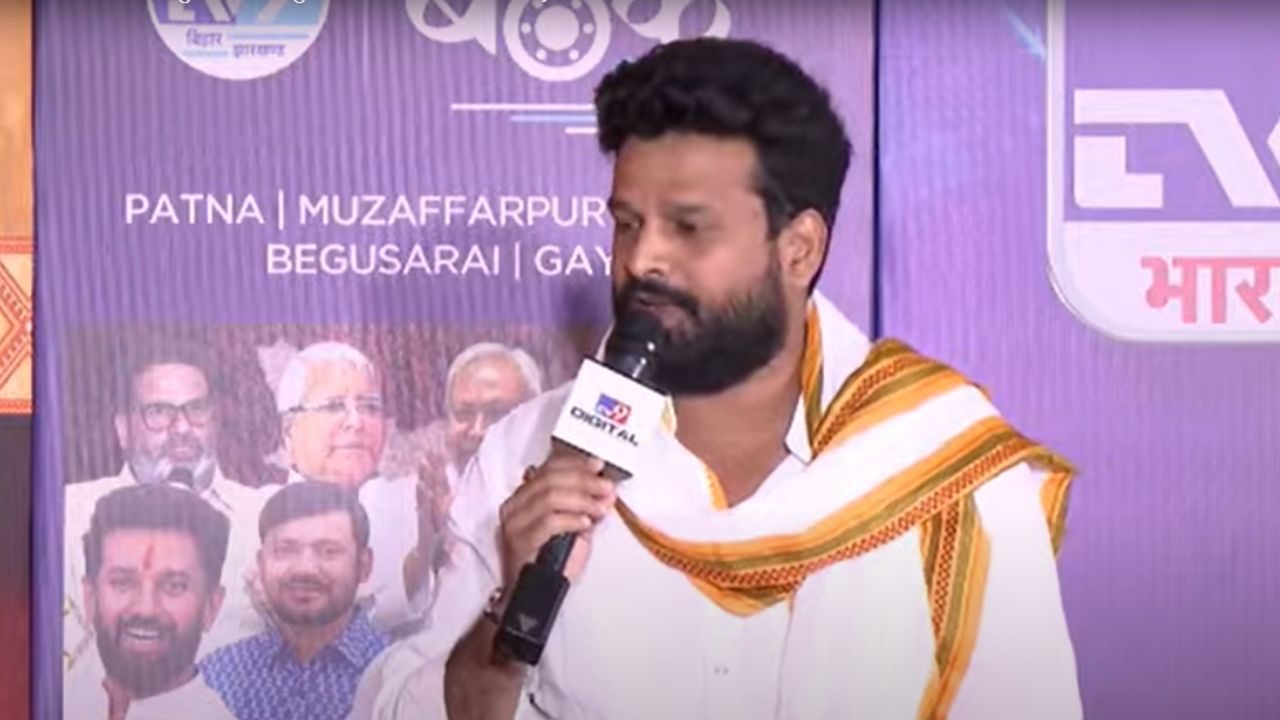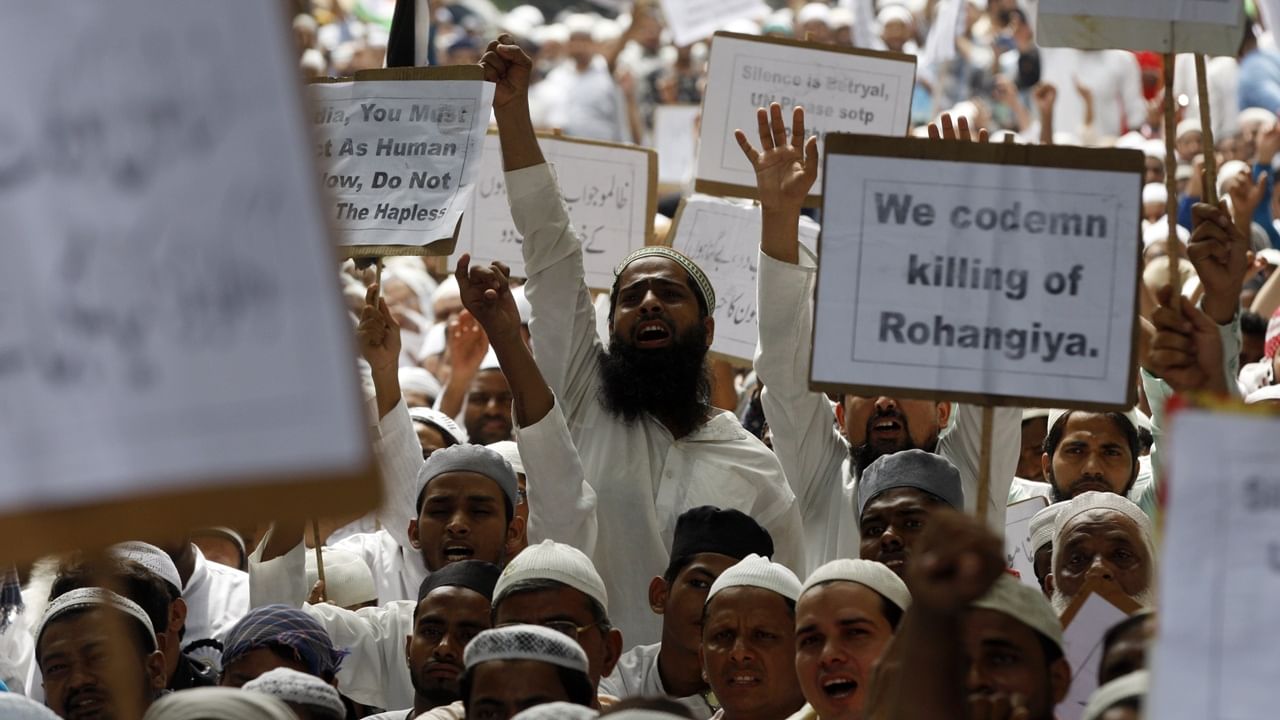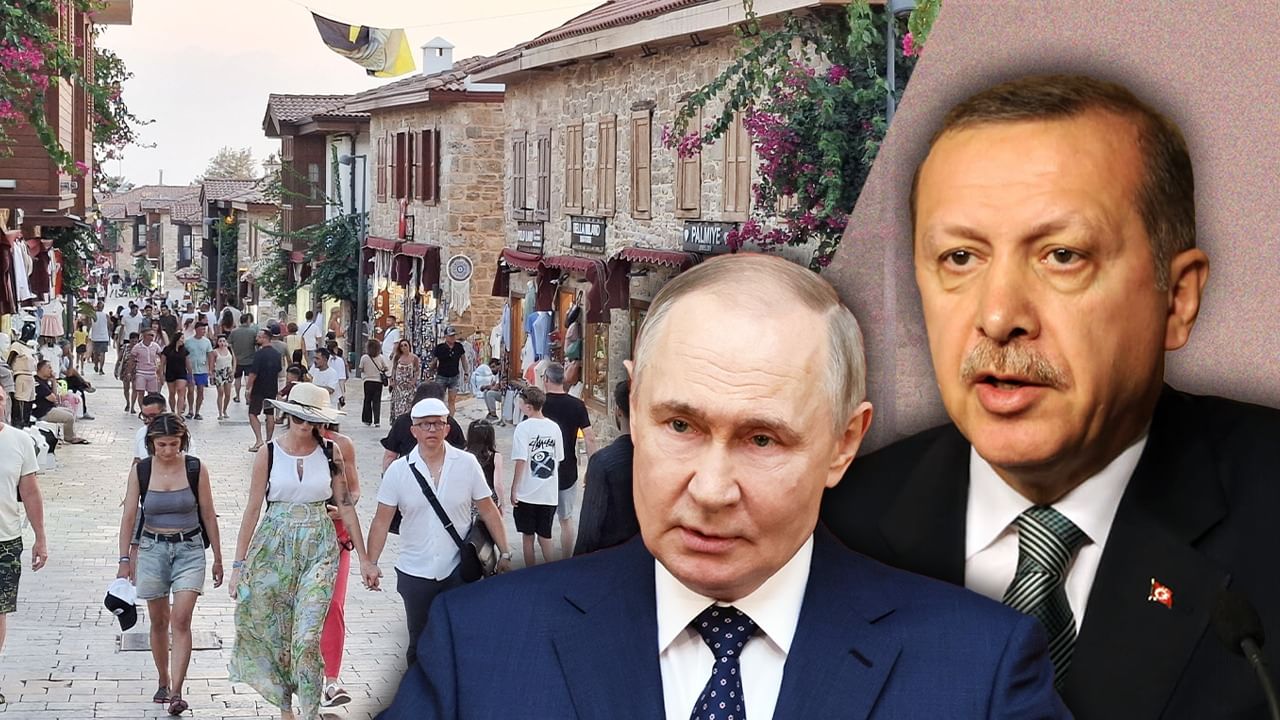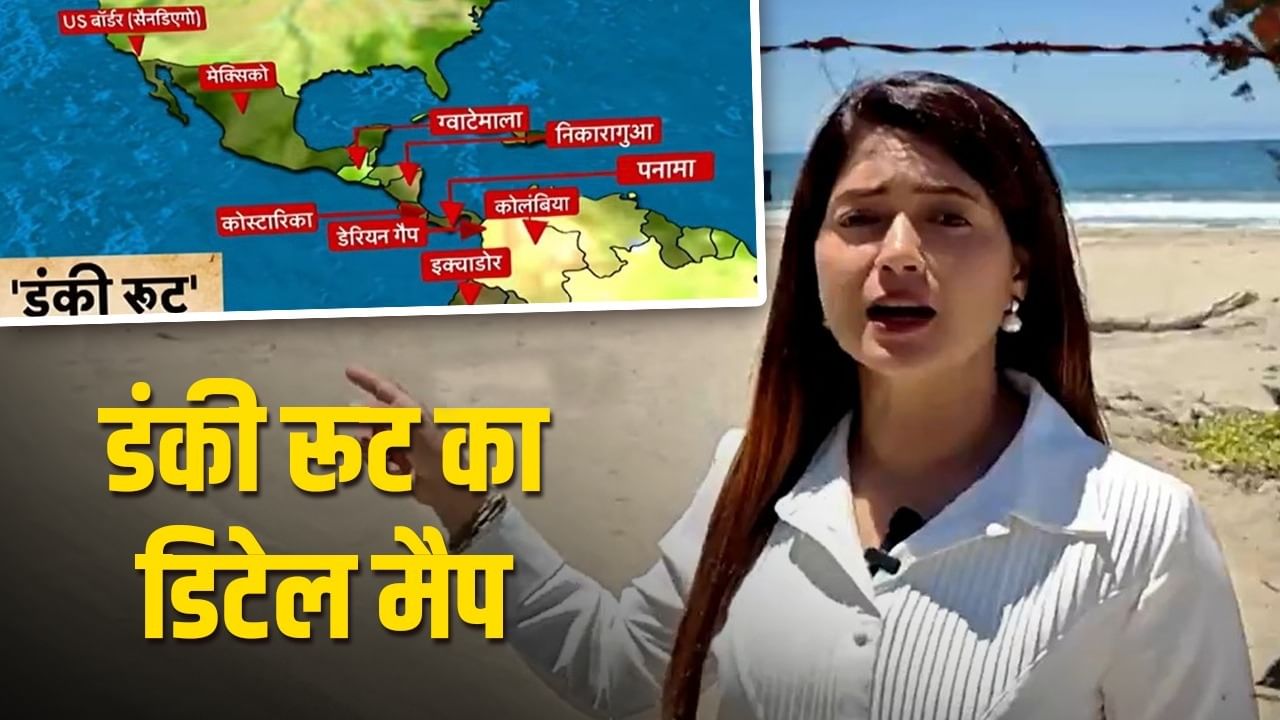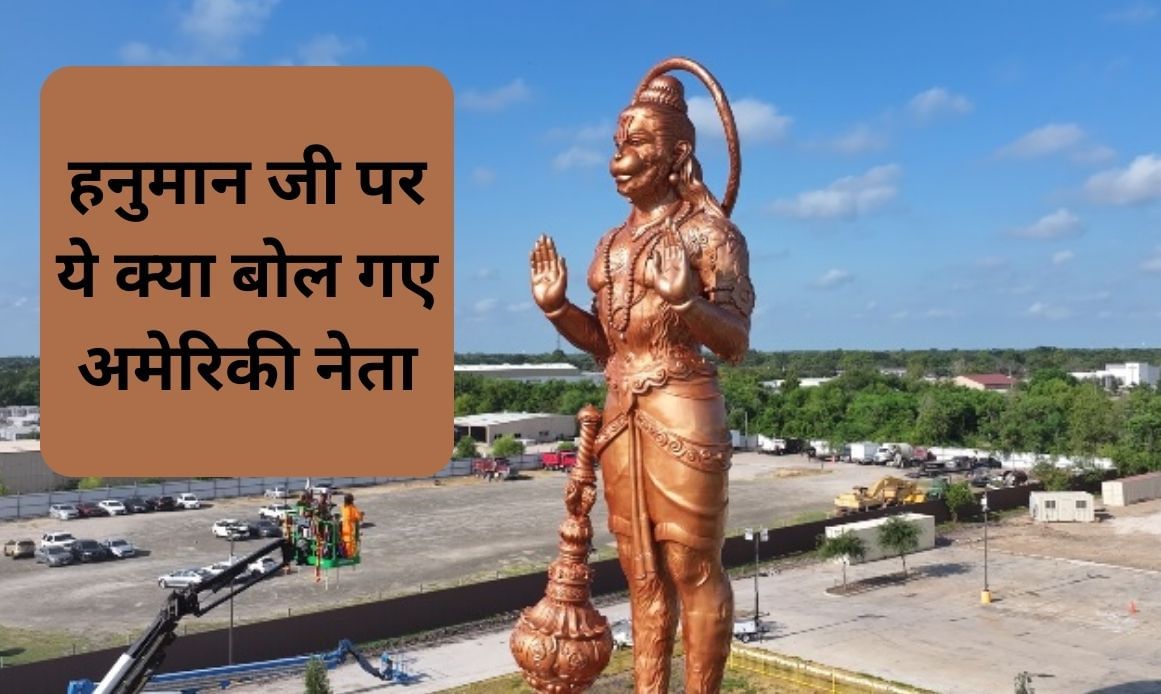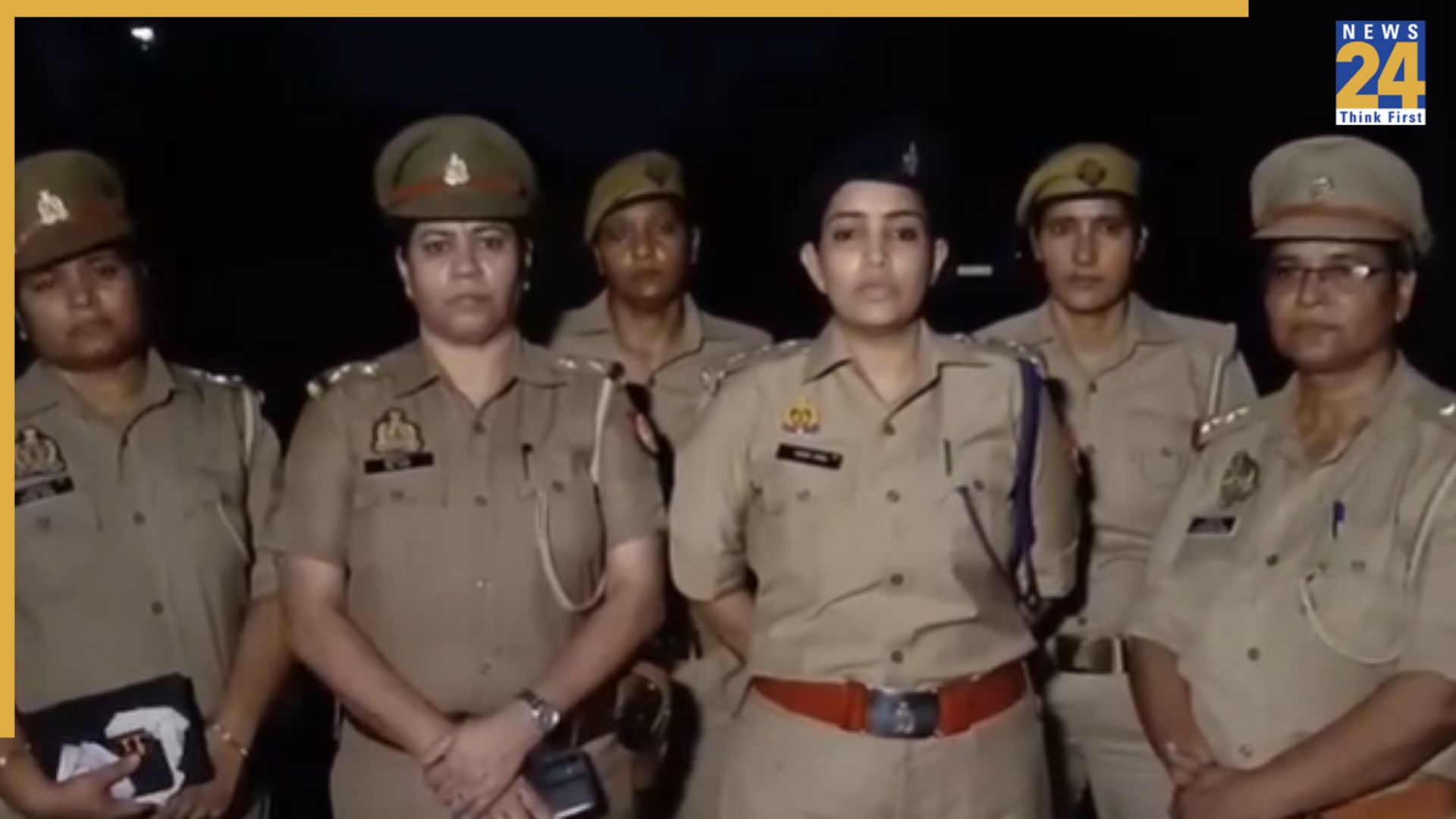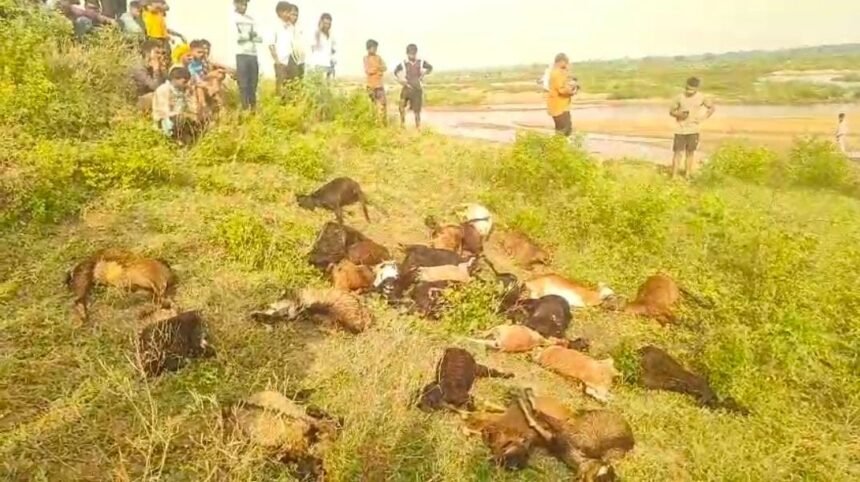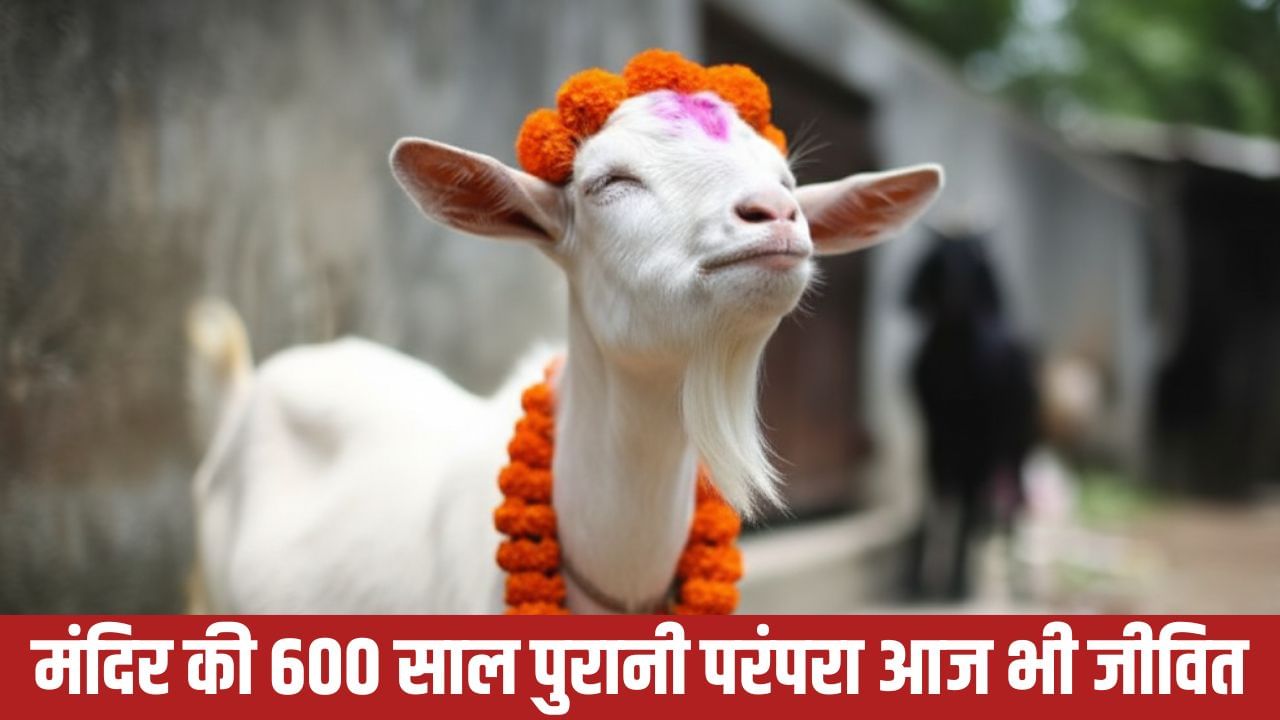Subscribe to Updates
Get the latest creative news from FooBar about art, design and business.
Browsing: Migration
The number of Russians residing in Turkey has significantly decreased, with the population nearly halving in the past two years. In 2023,…
The Grim Reality of the ‘Donkey Route’: The Pursuit of Dollars Leading to a Hellish Existence
1 Min Read
The ‘Donkey Route’ is a harrowing reality, a journey that plunges individuals into a hellish existence on earth. Driven by the desire…
